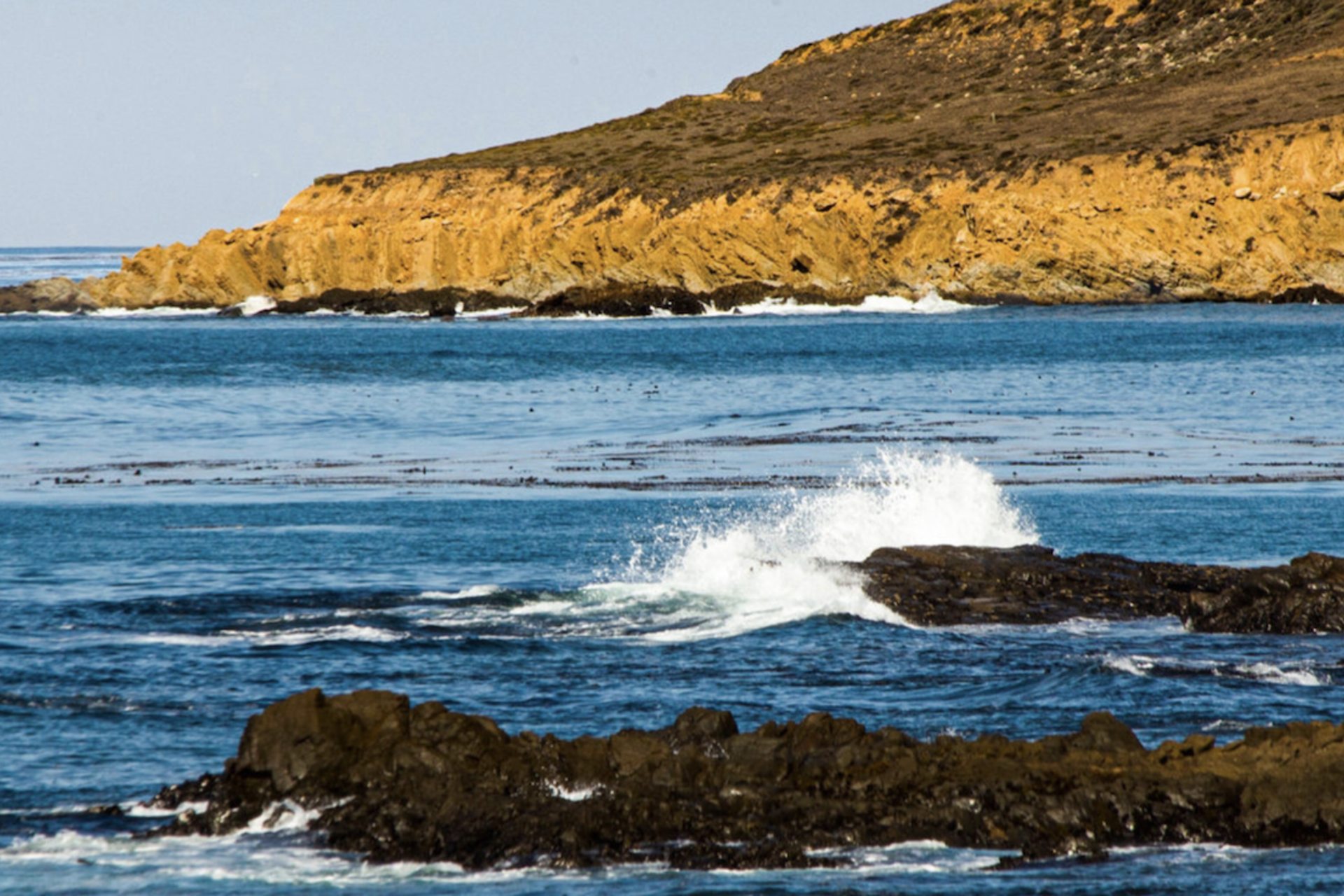Studying aquatic ecosystems at Stanford’s Hopkins Marine Station

Below the bluffs of the California coast is an ethereal place where the ocean meets the land. Home to thousands of tiny alien-like organisms, it’s one of the most biologically diverse places on the planet. It’s called an intertidal zone, and it’s also where you’ll find sophomore Laura Anderson studying how the creatures that live in this unique environment adapt to its ever-changing conditions.
This particular intertidal zone is part of the Hopkins Marine Station, a Stanford research facility located about 80 miles south of campus in Pacific Grove. Every year, undergraduate and graduate students leave the Farm to study for a quarter or more at the station. Overlooking the ocean, Hopkins offers classes in a range of science-related subjects that are open to students of all majors.
Anderson, a biology major on the marine biology track, is spending spring quarter at Hopkins learning about evolution and marine conservation, as well as ecology, or the study of how organisms relate to each other and to their physical surroundings.
Explore More
-
The inaugural awards will enable research teams to pursue interdisciplinary ocean and coastal projects that address impacts of environmental change in the Bay Area and beyond.
-
A new research partnership will combine Indigenous and scientific knowledge to monitor marine life in a sacred tribal region that may be a bellwether of how native species will fare in the face of climate change.



